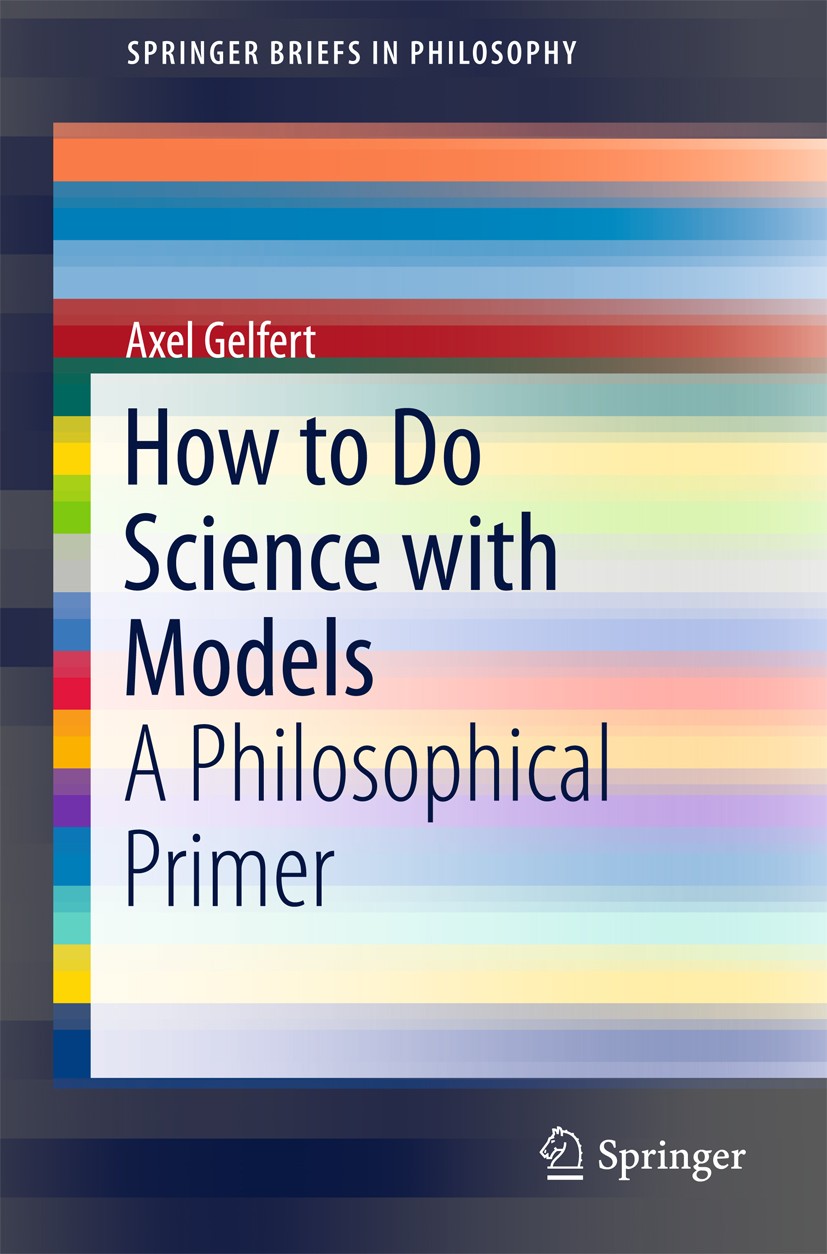| 書目名稱 | How to Do Science with Models |
| 副標(biāo)題 | A Philosophical Prim |
| 編輯 | Axel Gelfert |
| 視頻video | http://file.papertrans.cn/429/428763/428763.mp4 |
| 概述 | Places scientific practice at the centre of the philosophy of models.Provides material for a comprehensive theory of scientific representation.Can be used as a primer and introduction to cutting-edge |
| 叢書名稱 | SpringerBriefs in Philosophy |
| 圖書封面 |  |
| 描述 | Taking scientific practice as its starting point, this book charts the complex territory of models used in science. It examines what scientific models are and what their function is. Reliance on models is pervasive in science, and scientists often need to construct models in order to explain or predict anything of interest at all. The diversity of kinds of models one finds in science – ranging from toy models and scale models to theoretical and mathematical models – has attracted attention not only from scientists, but also from philosophers, sociologists, and historians of science. This has given rise to a wide variety of case studies that look at the different uses to which models have been put in specific scientific contexts. By exploring current debates on the use and building of models via cutting-edge examples drawn from physics and biology, the book provides broad insight into the methodology of modelling in the natural sciences. It pairs specific arguments with introductory material relating to the ontology and the function of models, and provides some historical context to the debates as well as a sketch of general positions in the philosophy of scientific models in the pr |
| 出版日期 | Book 2016 |
| 關(guān)鍵詞 | Mathematical Models in Science; Model-based Representation; Scientific Modelling; Scientific Models and |
| 版次 | 1 |
| doi | https://doi.org/10.1007/978-3-319-27954-1 |
| isbn_softcover | 978-3-319-27952-7 |
| isbn_ebook | 978-3-319-27954-1Series ISSN 2211-4548 Series E-ISSN 2211-4556 |
| issn_series | 2211-4548 |
| copyright | The Author(s) 2016 |
 |Archiver|手機(jī)版|小黑屋|
派博傳思國際
( 京公網(wǎng)安備110108008328)
GMT+8, 2025-10-9 03:10
|Archiver|手機(jī)版|小黑屋|
派博傳思國際
( 京公網(wǎng)安備110108008328)
GMT+8, 2025-10-9 03:10


